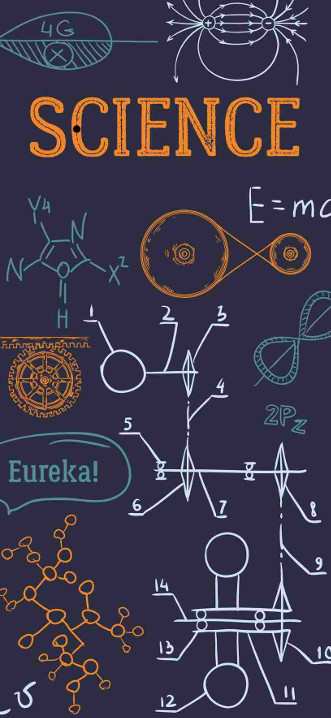Speed In Physics
Speed... Is there a need for it? Speed is an ever present constant that applies to all, where there is time there is speed (I am not talking about the movie). Speed terms like fast or slow can be applied to anything that can be measured such as the speed of a moving vehicle or the perceived passage of time, I say perceived because time never slows or speeds up a second is still a second but depending on the situation we can perceive time to move faster or slower. It all comes down to how aware we are of time itself so if you are literal staring at your watch counting down the seconds waiting time will appear slower than when you are being distracted by friends that’s why time flies when you are having fun. PhysicsIn Science the speed of an object is defined as being the distance traveled per unit of time. The speed of a car is referred to as Miles per Hour (MpH) miles being the distance and hours being the unit of time. Significantly faster subjects objects have to use a different measurement of time because otherwise the calculated speed of an object will be insanely long and just impractical. The speed of light is so fast it has to be measured in miles per second, and even then it’s nine digits long. Speed of light is calculated to be 299 792 458 m/s. There are five commonly used units of speed including miles per second (M/S) and miles per hour (MpH). The other units of speed are: Kilometers per Hour (km/h), Knots and Feet per Second (Ft/S). This will give you an idea of the different in speed units. 1 miles per second = 3.6 kilometers per hour = 2.236936 miles per hour = 1.943844 knots = 3.280840 feet per second. The speed of light in miles per hour would be 670616541.828688 miles per hour. Speed vs VelocityThough very similar don’t get speed and velocity confused as they have different meanings. Velocity is defined as the rate and direction of motion To put it simply velocity is the speed of an object in a direction. For example if you ran from one side of the room to the other your speed and velocity will be the same, however if you ran to the other side of the room and back again your speed will be calculated the same way, the distance you traveled divided by the time it took (running usually being measure in ft/s), but your velocity would be zero because you both started and finished in the same location. The common way to calculate velocity or the rate of an object moving in one direction you need to divide the distance moved by the time it took. The formula looks like this: r=d/t. V for velocity can be used instead of r for rate of speed but the formulas are more frequently written as r for rate of speed. |
|

